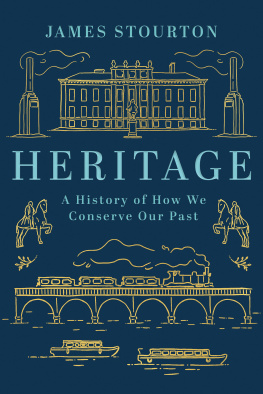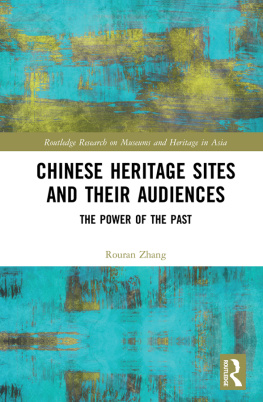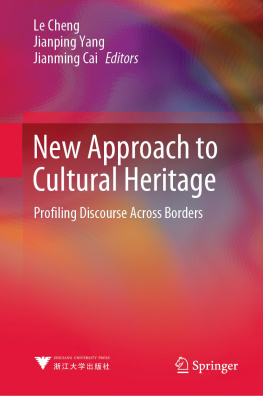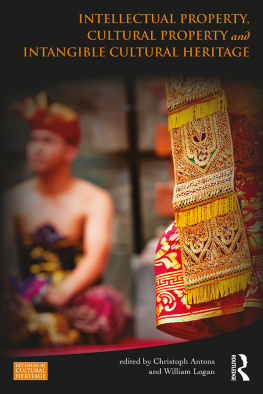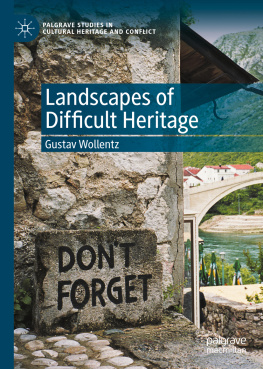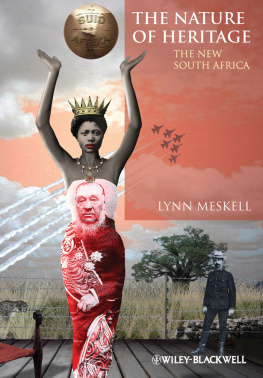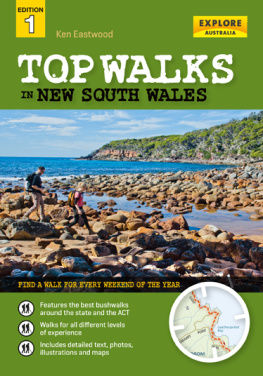Kirsty Douglas 2010
All rights reserved. Except under the conditions described in the Australian Copyright Act 1968 and subsequent amendments, no part of this publication may be reproduced, stored in a retrieval system or transmitted in any form or by any means, electronic, mechanical, photocopying, recording, duplicating or otherwise, without the prior permission of the copyright owner. Contact CSIRO PUBLISHING for all permission requests.
National Library of Australia Cataloguing-in-Publication entry
Douglas, Kirsty.
Pictures of time beneath: science, heritage and the uses
of the deep past/Kirsty Douglas.
9780643097049 (pbk.)
Includes index.
Bibliography.
Cultural property Australia.
Historical geology Australia.
Landscape Australia.
Callabonna, Lake, Region (S. Aust.)
Hallett Cove (S. Aust.)
Willandra Lakes Region (N.S.W.)
559.4
Published by
CSIRO PUBLISHING
150 Oxford Street (PO Box 1139)
Collingwood VIC 3066
Australia
Telephone: | +61 3 9662 7666 |
Local call: | 1300 788 000 (Australia only) |
Fax: | +61 3 9662 7555 |
Email: | publishing.sales@csiro.au |
Web site: | www.publish.csiro.au |
Cover: Diprotodon skeleton standing in grass. Richard Owen, 1877. Researches on the Fossil Remains of the Extinct Mammals of Australia: with a Notice of the Extinct Marsupials of England. (J. Erxleben: London). Volume 2, Plate 35. National Library of Australia NLq 569 OWE (382 7 67)
Set in 10/12 Adobe Minion and ITC Stone Sans
Edited by Anne Findlay, Editing Works Pty Ltd
Cover design by Samantha Duque
Text design by James Kelly
Typeset by Desktop Concepts Pty Ltd, Melbourne
Printed in Australia by Ligare
CSIRO PUBLISHING publishes and distributes scientific, technical and health science books, magazines and journals from Australia to a worldwide audience and conducts these activities autonomously from the research activities of the Commonwealth Scientific and Industrial Research Organisation (CSIRO).
The views expressed in this publication are those of the author and do not necessarily represent those of, and should not be attributed to, the publisher or CSIRO.
The book has been printed on paper certified by the
Programme for the Endorsement of Forest Chain of
Custody (PEFC). PEFC is committed to sustainable
forest management through third party forest
certification of responsibly managed forests.
Acknowledgements
Affection and thanks to Jim Bowler, who set me on this course, and to Tom Griffiths, who helped me along the way.
The first time I wrote this book it was for a doctorate in History, an expansive journey through landscapes and communities, three disciplines, 500 million years of geology and two centuries of ideas about the changing Earth. I had the luxury of exploring side paths in self-indulgent detail, letting tangents and continuities weave through my narratives to create thematic resonances rather than fix a story on a coherent theoretical framework. The process of turning one piece of writing into another has in most ways benefited from the five years of neglect that followed while I was distracted by other ideas and obligations. While less expansive and perhaps with fewer poetic resonances than its ancestor, this new book profits from extensive rewriting and un-writing, and a more mature understanding of the challenges geological heritage offers regulators, and of the historical contingencies which affect how we can recognise and protect the places people value.
For the most part I have not updated the text to reflect five years of technical improvement in geochronological tools and technologies, so some of the dates do not reflect current orthodoxy. I am more interested in relatedness than specificity, and in any case the speed of change in the disciplines would ensure that any updates I made would be out of date before the book went to press.
Pictures of Time Beneath was completed in part while visiting the History Program of the Research School of Social Sciences at the Australian National University for several months during 2009. My thanks are due to the academic and general staff and the students of the History Program for housing me, as well as for supporting the doctoral thesis which informed this current work, undertaken there between 1999 and 2003. In particular I am grateful to Pat Jalland, Melanie Nolan and Tom Griffiths for spurring me to complete the book, and Ann McGrath and Karen Smith for organising my visit.
Thanks also to my generous colleagues in the Heritage Division, who spared me for several months despite the usual heavy workload, and encouraged me to get on with it, in particular Jennifer Carter and Jane Ambrose, and to Terry Bailey and Theo Hooy for comments on a draft.
Thanks to Barry Smith, John Mulvaney, Paul Turnbull, Tom Griffiths, Bronwen Douglas and Libby Robin for feedback on drafts, and to the examiners of my thesis, Jane Carruthers, Chris Ballard and Stephen Pyne, who provided invaluable critique and encouragement. And to friends who buoyed me while writing, goaded me to meet my deadlines or shared the pain. In this capacity I am especially grateful to Donna Dening, Tiffany Shellam, Karen Riley, Ryan Walter, Ingereth Macfarlane, Emily OGorman and Kim Sterelny. I owe a debt of gratitude and several drinks to Brett Calcott and Martin Smith for all their help with maps and diagrams, and to John Magee, Martin Callinan, Michael Main and the National Library of Australia for use of photographs.
Thank you to John Manger, Tracey Millen, Pilar Aguilera and CSIRO Publishing for seeing virtue in publication, and to Anne Findlay for generous editorial feedback.
Thanks finally to all those who supported me in various intellectual, institutional, social, pastoral and emotional ways during and following the production of my PhD, without whom there would have been no book, or at least not this book. This includes my supervisory panel (Tom Griffiths, Paul Turnbull, Mike Smith and Richard Baker), advisers who generously read drafts like Maud McBriar, John Magee and Rod Wells, my colleagues at the ANU and in the Department of the Environment, many librarians and archivists from institutions around Australia and the world, those generous informants and collaborators whose personal, scientific and institutional memories informed and formed my stories, and most of all my friends and family, especially Bronnie, Charles, Allie and Andrew. Full references and acknowledgements can be found in Kirsty Douglas (2004), Pictures of time beneath: science, landscape, heritage and the uses of the deep past in Australia, 18302003. Unpublished PhD thesis (Australian National University: Canberra).


